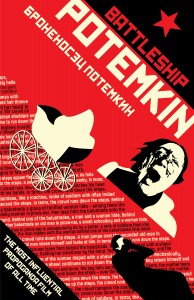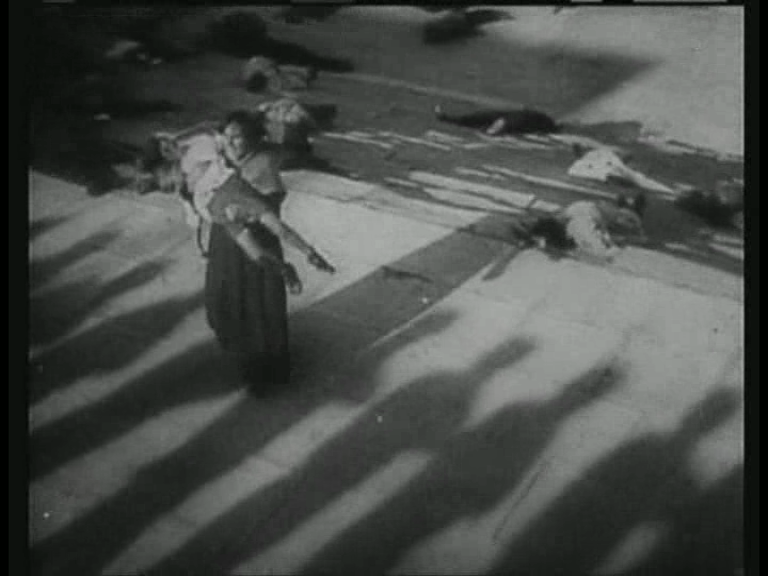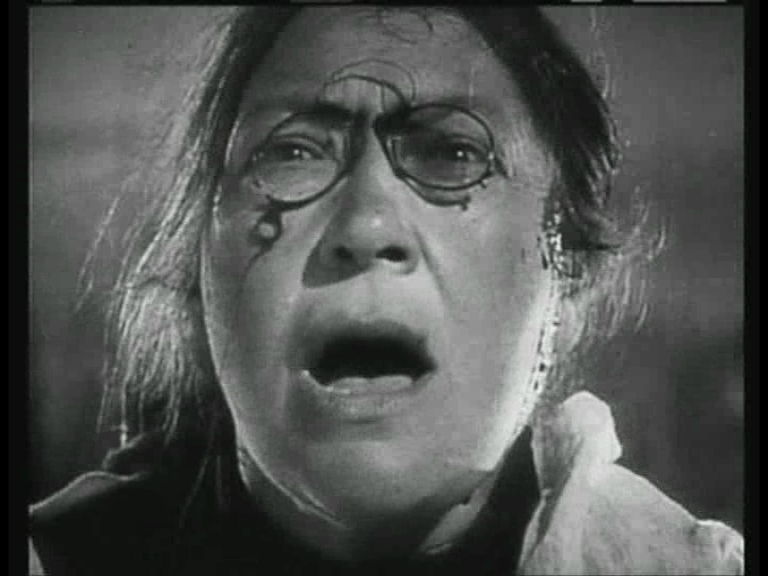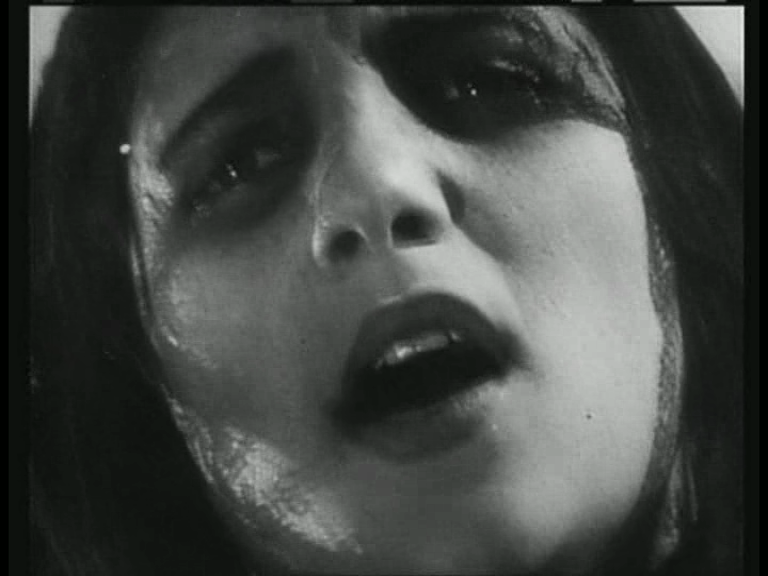Potemkin / Battleship Potemkin, The (1925)
“Death to the oppressors! We shall take revenge!”
|
Synopsis: |
|
Genres, Themes, Actors, and Directors:
Response to Peary’s Review: As Peary notes, this “first non-documentary about a political action/historical event proved not only that a cleverly edited series of images could draw viewers into the film’s action and stimulate the emotions but also that the juxtaposition of two images — one of a character, the other of a symbolic object/prop — was a valuable propaganda device because it forced viewers to deduce that the symbol relates to the character”. Peary points out that in the remarkably effective opening section of the film (the first of five), “Eisenstein builds tension by cutting back and forth between armed guards and helpless sailors”. In the film’s most celebrated (third) section — in which “the Czar’s forces march down the ‘Odessa Steps’ and massacre men, women, and children in their path” — Eisenstein similarly “builds tension and creates terror by cutting back and forth between marching faceless soldiers and their victims (whose scared faces are shown in close-ups).” (Indeed, this sequence is so relentlessly devastating that virgin viewers deserve a few words of forewarning — and if you haven’t seen it in a while, get ready to feel your stomach in your throat.) Peary further points out that during the Odessa Steps sequence, “time stands still, so what would take place in seconds goes on and on — [the] camera pans down the steps, moves back to where the soldiers are, and we start over again”. He notes that “there’s an odd rhythm to the sequence, so that we feel things are going fast (too fast for the victims to think clearly) but simultaneously feel that the cruelty will never stop”; he then makes a potent connection between ‘The Odessa Steps’ and the most famous horror movie sequence of all time — the shower scene in Hitchcock’s Psycho. He concludes his review by noting simply that Potemkin (which circulated in various states of disrepair and politically strategic editing for decades, and was recently restored) is “certainly as influential as The Birth of a Nation and Citizen Kane.” It’s a film which, despite its seemingly distant and foreign subject matter, bears multiple viewings, simply for its overall cinematic impact. Redeeming Qualities and Moments:
Must See? Categories
(Listed in 1001 Movies You Must See Before You Die) Links: |







One thought on “Potemkin / Battleship Potemkin, The (1925)”
A once-must, for its place in cinema history.
This is one of those early, vastly influential (even today) films that all serious ffs need to say they have at least seen once. Impressively directed, shot and (quite especially) edited throughout, ‘BP’ admittedly picks up a lot more steam in the second half of its 69 minutes. For the unexpected shift in production/dramatic scope, it is very much worth the wait.
Undeniably, the film’s crowning achievement is part 4 (‘The Odessa Steps’). This sequence alone is nothing short of remarkable. Once seen, it is not forgotten.
The restored print is rather good.